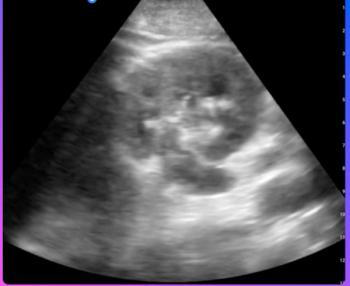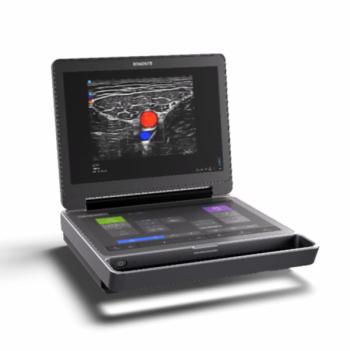
Survey reveals lack of sonography training in Eastern Europe
A new survey from InMedica revealed over half of cardiologists surveyed across Russia and Eastern Europe had not received training on how to get the best use of their ultrasound imaging equipment. The situation was only slightly better for those working in general imaging, where approximately 40% had not received training on how to get the best use of their equipment.
Wellingborough, U.K.-A new survey from
There is clearly an overwhelming need for training in Eastern Europe, with over 90% of medical professionals using ultrasound feeling they need more training to use their equipment effectively. This requirement was not just for advanced techniques, but in many instances there is a general lack of training in the standard features and operation of their ultrasound systems. A major part of the problem seems to be lack of funding for training from the health service providers. In addition, the low wages of medical professionals in many Eastern European countries are insufficient to allow individuals to pay for training themselves.
Equipment training is not the only service lacking for ultrasound in Eastern Europe. Service contracts with ultrasound equipment manufacturers are also much less common in Eastern Europe than Western Europe. The Eastern European survey showed less than one third of general radiologists reported having a service contract with the equipment manufacturers, compared with almost 90% in the previous survey of Western Europe.
Working in partnership with a number of leading equipment manufacturers, InMedica designed a questionnaire to gather direct feedback from doctors using ultrasound imaging equipment specializing in cardiology, ob/gyn, and general radiography. Doctors’ opinions were gathered on the equipment they were using and the examinations performed. Views on system improvements and affect on workflow, future expectations for portable and hand-carried ultrasound, training and after-sales requirements, and factors influencing purchase decisions were sought. Results from the surveys are presented by InMedica in the report “Eastern European Customer Insights: Ultrasound in Cardiology, OB/GYN and General Radiology.”
Newsletter
Stay at the forefront of radiology with the Diagnostic Imaging newsletter, delivering the latest news, clinical insights, and imaging advancements for today’s radiologists.




























